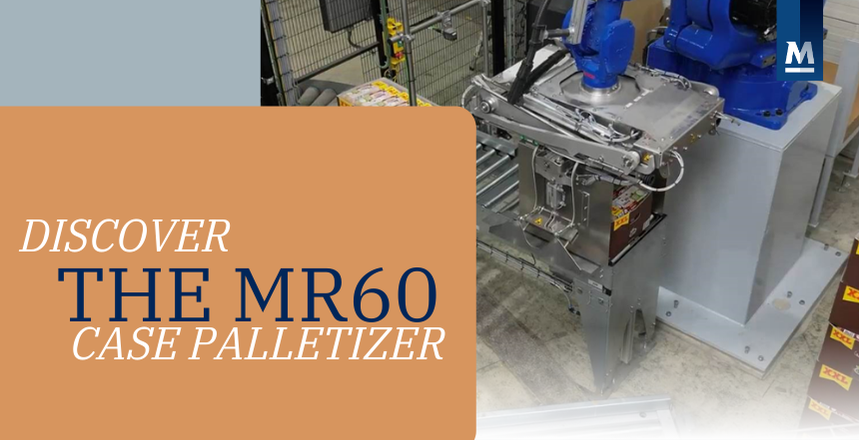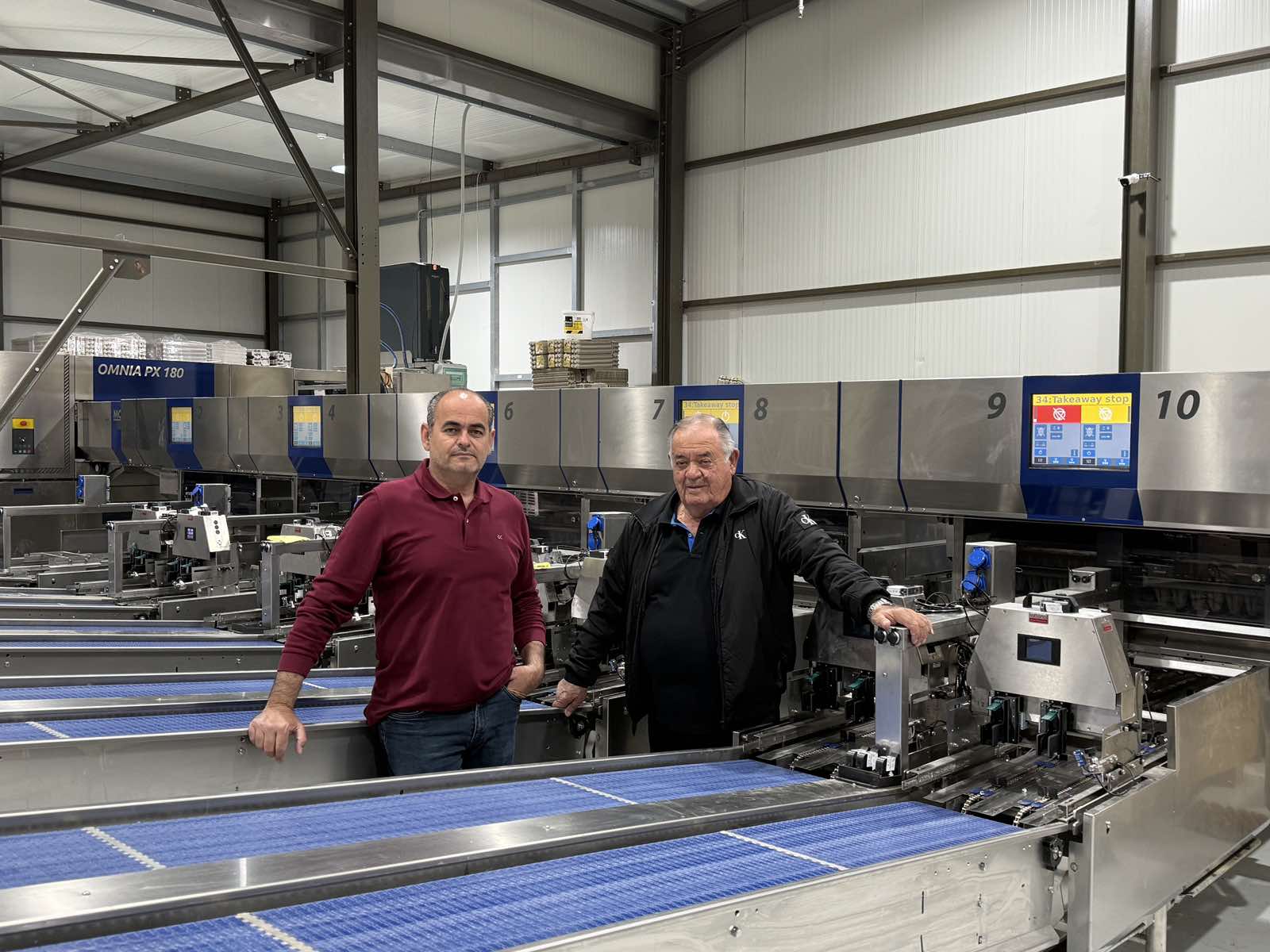Packaging handling: Moba packing lanes
Farmpacking
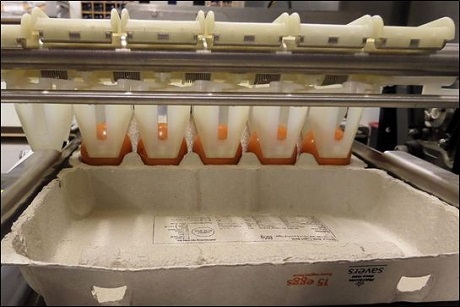
All about grading efficiency and egg handling
Moba egg graders are packed with technology. Some designs are worth further investigation as they represent crucial customer value. In this series of articles, we will be zooming in on these “hidden gems”. This time, we take a closer look at the packing lanes of the Omnia and Forta egg grading machines.
Egg packaging comes in many shapes and sizes. However, from an egg grading point of view, three different packaging types can be distinguished:
- Trays, which are usually made from pulp or plastic.
- Consumer packs, which are closed after filling, with either an attached or a separate lid. These packs are made from all kinds of materials — the most commonly used materials are pulp or (recycled) PET.
- Special packs that generally require a specific packing lane to be processed.
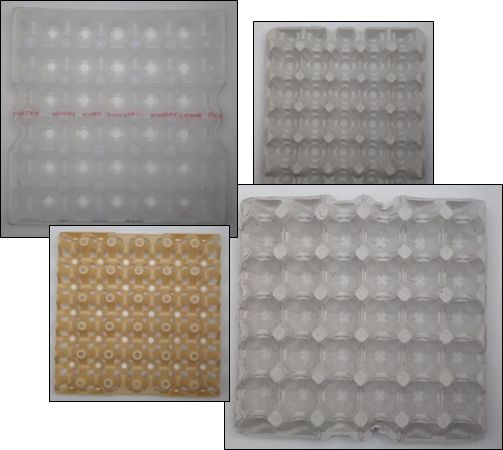
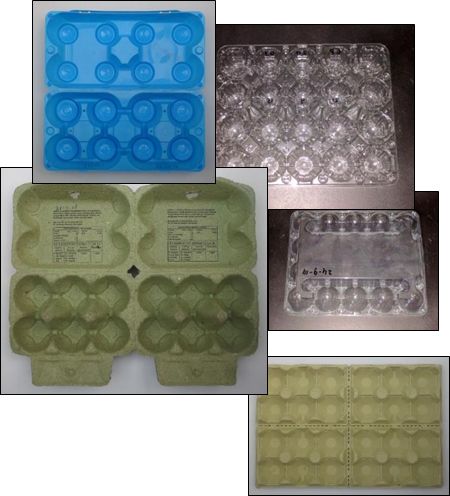
For a pack to be processed automatically, it needs to be 4–6 eggs wide. Packs that have less than four eggs in a row are usually linked together, for example a 3×4 or a 2×6 pack. In this case, the linked pack is again six eggs wide and can be processed accordingly. However, the length of a pack can vary — a consumer pack can have two to four rows that can be handled by a standard packing lane.
For egg packaging that has more than four rows, Omnia graders with special packing lanes are available.
When packing eggs, two things are very important:
- Grading efficiency; getting the right eggs to the right lane in the right amount
- Egg handling; getting the eggs into the pack without breaking them
Of course, when a pack needs to be closed, it should be properly closed, but an important factor here is also the quality of the pack that is processed.
The Moba denester used on the packing lanes of the Omnia and Forta can process more than 1,500 different packs — no easy feat. Every pack that is processed needs a specific setup, which is used for one thing and one thing only: getting the eggs in the right position in the pack as quickly and as gently as possible.
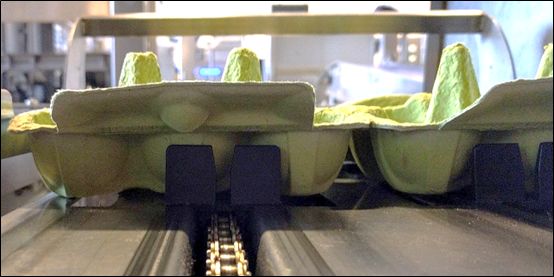
To make this possible, the lane is equipped with two servo-motors that have an encoder. One servo-motor controls the pusher chains for transporting the packs, while the other controls the dropset. Together these motors enable the packing lane to position packs and deposit eggs with an accuracy of 1 mm while being able to run at a packing speed of up to fifty packs per minute!
This very high processing speed requires a carefully planned speed trajectory. If you look more closely at the movement of the pack while it is being processed, you will see that the speed of the pack can be divided into three actions:
- Acceleration (ramp-up)
- Constant movement
- Deceleration (ramp-down)
Even so, a filled pack especially will have some momentum when moving. To make sure that this momentum doesn’t affect its position on the packing lane, the cup of the pack is held by a special ledge, which is mounted in front of the pusher, on the chain holding the pack in place.
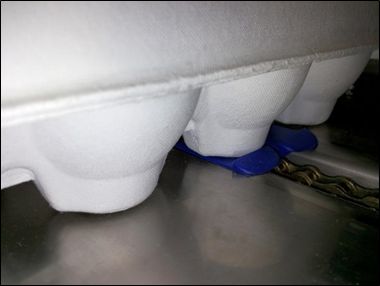
Grading efficiency
The supply of eggs to a specific packing lane varies all the time. The maximum speed of the dropset is 100 cases (36,000 eggs) per hour on a packing lane six eggs wide. In case the number of eggs arriving at the packing lane exceeds this capacity, the extra eggs will be diverted or can remain in the buffer section (the buffer section is part of the Omnia grader) for one more revolution to be deposited a few moments later, when the dropset is empty. This means that a sudden flood of eggs can still be handled by one packing lane.
The opposite can also occur. In some cases, the quantity of eggs processed is lower than the maximum number of eggs the packing lane can handle. In this case, the packing lane’s processing speed will be reduced. There are essentially three different packing speeds that can be chosen automatically by the lane’s control system. This feature avoids unnecessary wear and tear on the packing lane’s moving parts.
Finally, sometimes egg packaging can only be handled at a reduced speed, because of the pack’s specific properties. In this case, the maximum processing speed of the pack can be lowered so that the packing lane can still process the pack in question in the best way possible.
Egg handling
Due to the various shapes and sizes of egg packaging, the dropset needs to be flexible in multiple ways. The first important setting is the height at which the eggs are deposited. The height of a pack can vary between approximately 30 to 65 mm. If the dropset is set to drop eggs at a height of 30 mm, but the pack’s height is more than that, the dropset won’t be able to open properly and the eggs will have no room to be deposited.
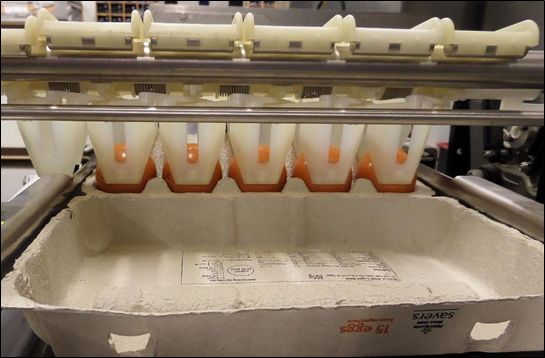
Secondly, the dropset needs to be able to match the pitch of the cups in the pack. This pitch between cups can vary from 45 to 55 mm. If the dropset cannot match the distance between these cups, eggs will break. To overcome this problem, the dropset has six different settings to enable the eggs to fall straight down into whichever pack is being processed.
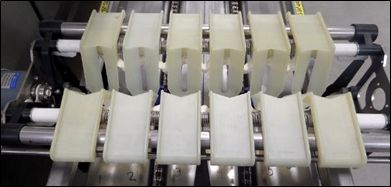
Finally, the dropset has a fixed position on the packing lane, meaning that every row of the pack needs to be positioned exactly centered under the dropset. The packing lane’s index motor ‘knows’ the length of every pack and also knows exactly where the row of the pack must be so that it is exactly under the dropset. In addition to the forward settings, side guides are used to make sure that the pack is also centered properly from the lateral perspective.
Closing cartons
Besides positioning the pack properly for depositing eggs, the carton’s position is also very important during closing. This especially applies to cartons that have a lip that needs to be folded inward to hold the lid closed. When the pack arrives at the closing area, it is held by four sets of grippers that ensure the pack is not lifted due to the pressure applied to move the lid and/or the lip upward. If properly configured, the closing systems of the Omnia and Forta are capable of always closing the pack, even when it is empty!
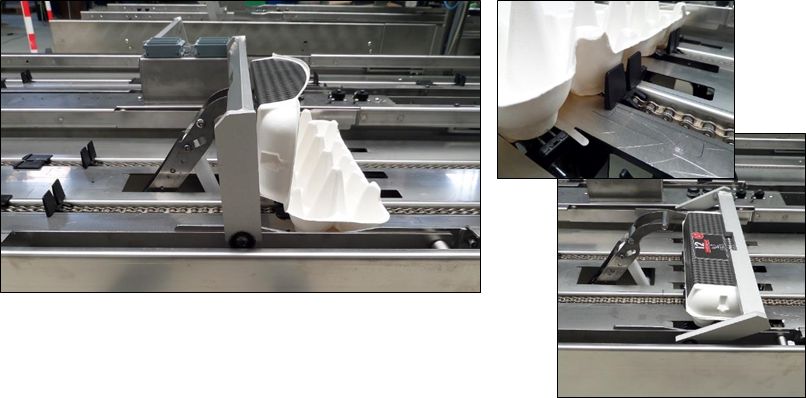
Special features
Besides packing eggs and closing packs, some additional features can be added:
- Missing egg detection: This feature checks whether a pack is completely filled. When an egg is missing, the pack concerned will not be closed. In the case that trays are being processed and a tray stacker is part of the packing line, the lane can be stopped to avoid unseen missing eggs in the stack.
- pen pack detection: If a pack is not properly closed, this can cause issues during printing or when processed by a case packer robot, like the MR12. If an open pack is detected, the lane can be stopped, or the pack can be diverted to the open pack reject lane.
- Packprint integration: Every Omnia packing lane can be integrated with (approved) printing or labeling systems. This enables the user to add product-dependent text to a consumer pack, controlled through the Omnia MMI.
- Toplidder for tray packs: Tray packs are consumer packs with separate lids. The TL20 toplidder can be mounted on a packing lane to place these lids.
- Open pack reject conveyor: Instead of the standard takeaway conveyor, a reject conveyor can be connected between the packing lane and case packer, to discard open packs and avoid downstream stops.
- Various software features for egg packing:
A. Batch grading: Fill a pack based on the total weight.
B. Pack weight: Set a minimum egg weight as well as a minimum pack weight
C. Fill weight/count: Pack a preset total amount or specific total weight of eggs
D. Mixed weight: Specify a total minimum weight of a pack, while using different grades
E. Capacity control: Enable a constant flow of eggs by setting a specific capacity per hour.
For Omnia, Moba offers some special packing lane configurations to process special-sized packs:
- Large consumer packs: The standard Omnia packing lane can process consumer packs with up to four rows. However, there are consumer packs on the market that exceed this number of rows. For this, a Large Consumer Pack lane is available. This packing lane is equipped with a special denester, pin conveyor and has a two-step closing system to handle consumer packs with five or six rows.
- Large trays: Standard trays are five (sometimes six) rows long. In case trays are longer (as often used in Japan) a Japanese big tray packing lane is available. A specific denester and pin conveyor are also available for this packing lane. A closing system is not required for trays and therefore not included.
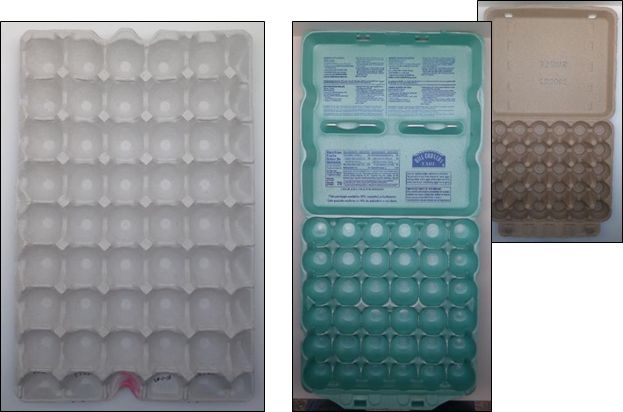
For more information, please contact your Area Sales Manager.

